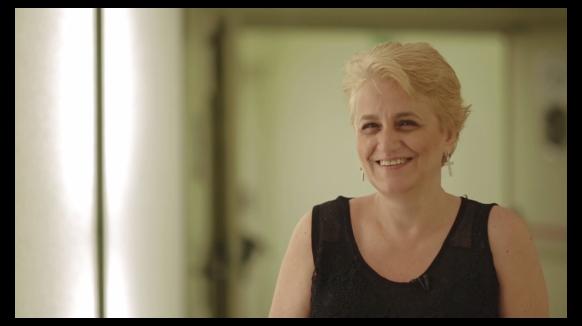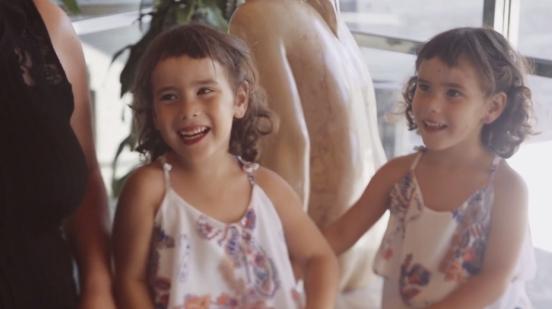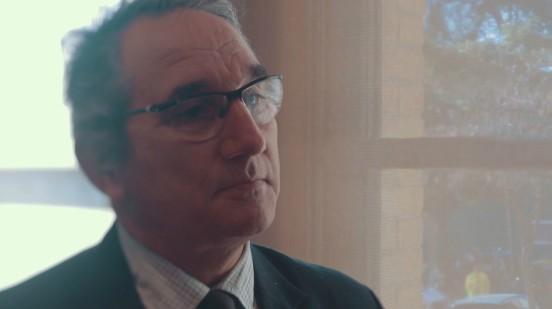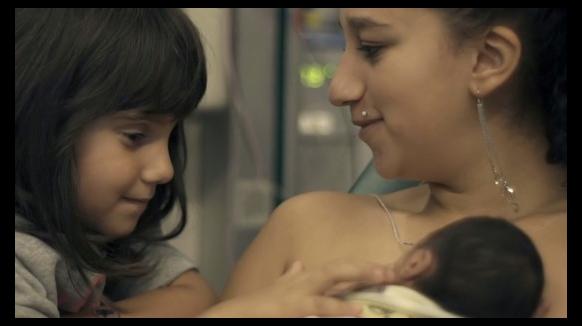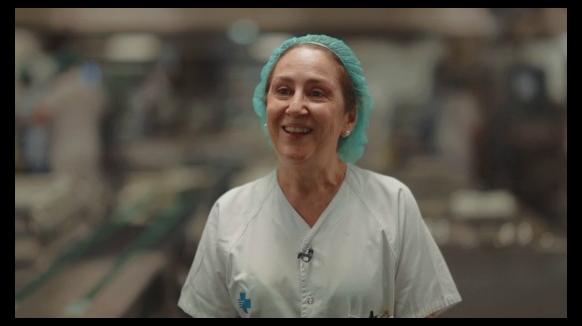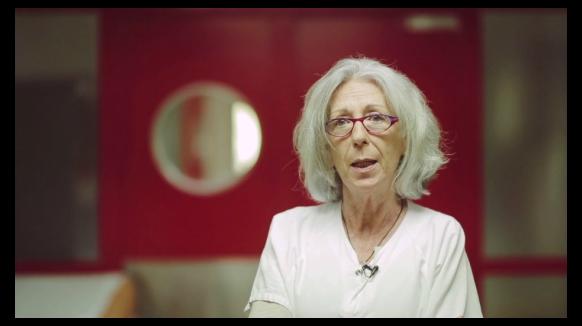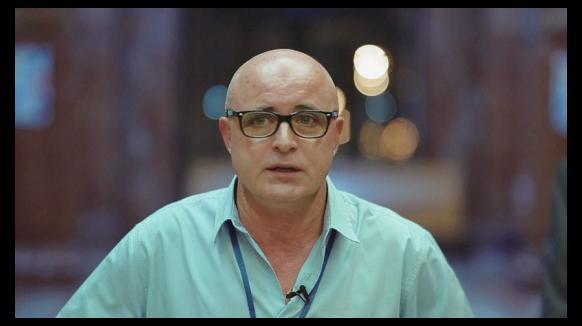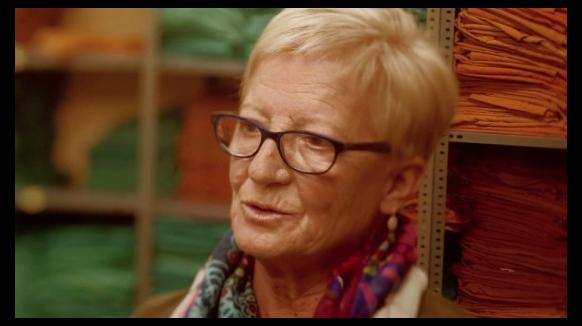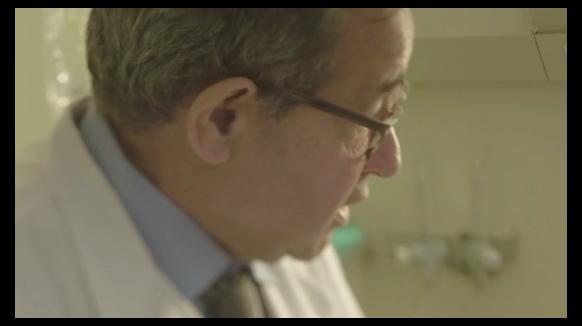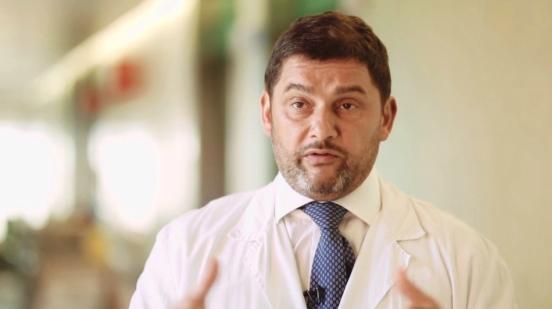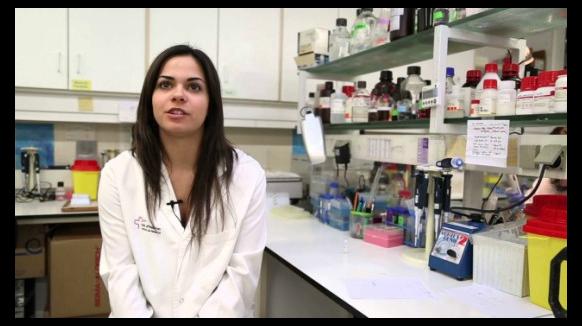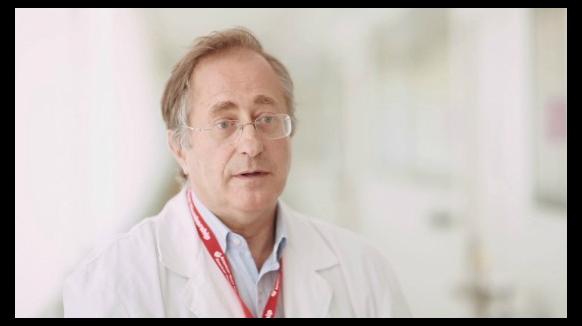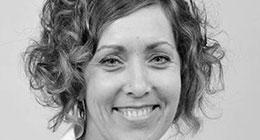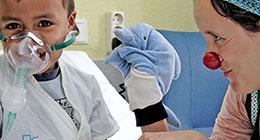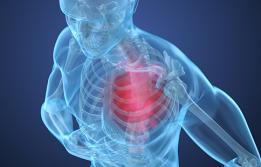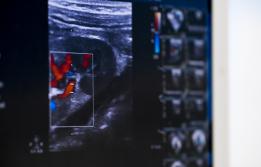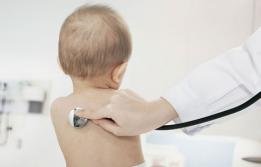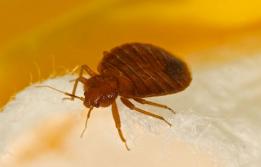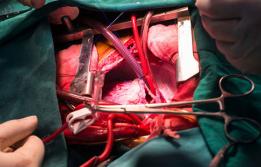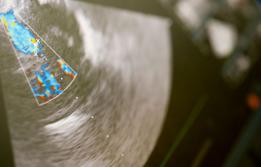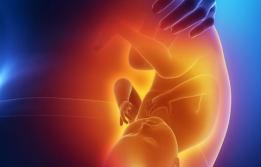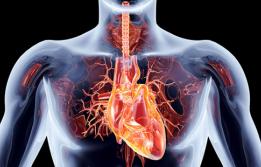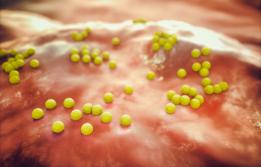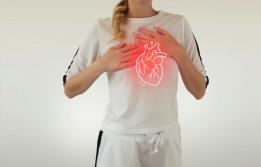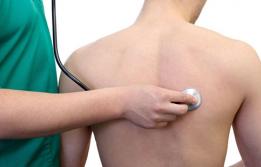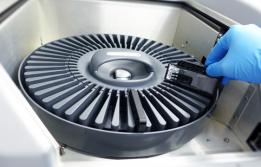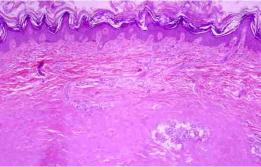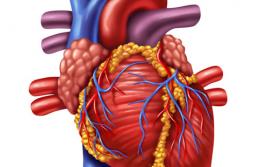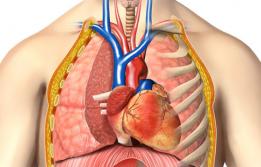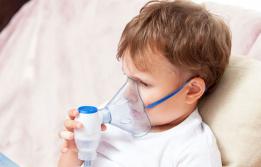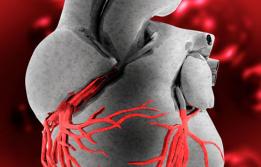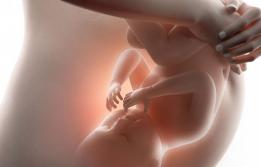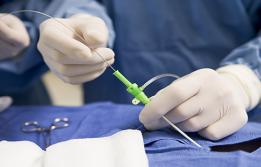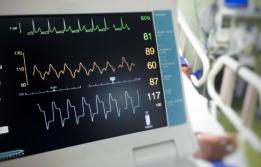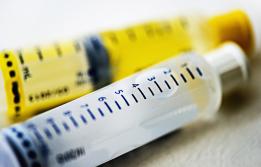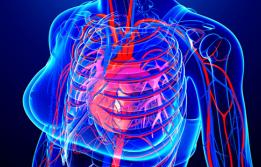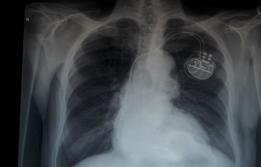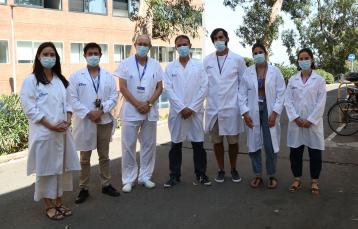Aortic pathology and Marfan syndrome
Aortic diseases are relatively common, affecting 5% of the population over the age of 65. Abdominal affectation is much more common in the elderly, while affectation of the thoracic aorta is more likely to occur among younger people.
The main problem is that due to the lack of symptoms it can go unnoticed and is often diagnosed through a study using imaging techniques such as echocardiography or CT. The aorta is almost always prone to dilation and aneurysm before rupture, which is why it is very important to diagnose the problem early and to try to slow it down.
Description
Why does a transversal line make sense for treating aortic disease?
Classically this condition has been treated by surgeons. In recent years it has been proven that the only way to improve diagnosis and treatment is to treat the subject in a multidisciplinary manner. Certainly, when the aorta is broken it is vital to offer prompt, careful surgical treatment, but the medical goal is to try not to break it, or to indicate the surgery before the risk is too high. There are two reasons behind aortic disease developing. Firstly, we find genetic disorders such as Marfan syndrome, bicuspid aorta, etc. And on the other hand, we find hypertension or atherosclerosis. It is therefore very important to have a genetics unit, to take into account family history and risk factors, excellent support through imaging techniques (echocardiography, CT and MRI) and a good cardiovascular surgery team. The Multidisciplinary Aortic Diseases Unit at the Vall d'Hebron University Hospital was set up because most of these requirements are already met.
When did we start and how have we evolved?
For 20 years now we have been monitoring all sick people receiving medical discharge after having overcome an acute aortic syndrome, which is a risky condition that can lead to very serious complications. We are one of the leading groups in the protocolised monitoring of this disease. This experience has provided us with a unique knowledge of this disease.
More recently, our interest has expanded to genetic or congenital diseases that may affect the aorta. An important turning point was the creation of the Marfan Syndrome Multidisciplinary Unit in 2009. This Unit, a leading centre in Catalonia, has the purpose of offering patients integral assistance for all their related problems.
Programme aim
To improve the care provided for aortic pathology in terms of prevention, diagnosis and treatment.
Prevention and diagnosis
To inform specialists and general practitioners when the disease should be suspected: family history, genetic diseases, valvular heart disease, atherosclerosis. Proper diagnostic strategy and control of risk factors (ADHD, smoking, etc.)
Surgical / endovascular treatment
Appropriate indications, selection of cases, and intraoperative support for optimisation of surgical or endovascular treatment, in both urgent and scheduled actions.
